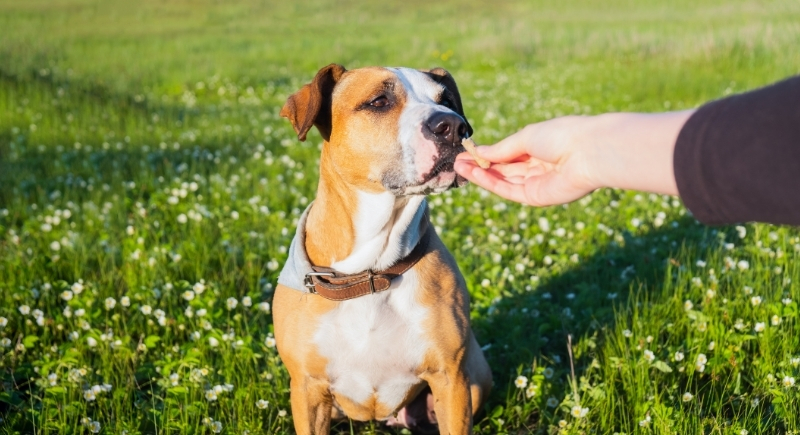Is It Okay to Rename a Dog or Cat After Adopting It?
Adopting a pet comes with a mix of excitement and discovery. Along with learning their quirks and routines, you might also find yourself pausing at the name they arrived with. Maybe the shelter called your cat “Snowflake,” but her calm, regal stare tells you she’s anything but dainty. Or your new dog answers to “Killer,” even though he’s the gentlest soul you’ve ever met. Sometimes the name just carries the wrong baggage. Changing it isn’t only common, it can actually help your new companion settle in and feel like they truly belong with you.
Why Shelters Name Pets In The First Place

Image via iStockphoto/undefined
Animal rescues and shelters name pets to help them stand out and connect with adopters. Instead of a number on a cage, “Luna” or “Max” feels approachable and memorable. Many shelters get creative and name litters after celebrities, fictional characters, or seasonal themes.
Some pets arrive with names from previous owners, and shelters usually keep them unless the name could hurt their chances at adoption. In those cases, a tweak makes a difference. A dog named “Killer” was successfully rebranded as “Keller,” which still sounded familiar to him but was more inviting to families.
Do Pets Get Confused By A New Name?
Dogs and cats don’t see their names as part of their identity the way people do. To them, it’s simply a signal connected to tone, reward, and interaction. That means renaming won’t confuse them as long as it’s introduced properly.
Puppies and kittens usually learn a new name within days because they haven’t had theirs long. Adult pets can take longer, usually between one and two weeks, but they still adapt well. Even senior pets can learn a new name, so there’s no age limit on making the switch.
Tips For A Smooth Transition

Image via Getty Images/Photoboyko
When teaching a new name, consistency matters most. Use it often in a positive tone and pair it with treats, praise, or playtime. One method is to combine the old and new names briefly, like “Buster-Leo,” then gradually drop the old one. Another approach, called the “name-change method,” rewards the dog first for responding to their old name, then introduces the new one alongside it, and finally uses only the new name with rewards. With repetition, the old name fades from memory.
Avoid attaching the new name to punishment. Whenever your pet misbehaves, use a neutral nickname instead of scolding with their real name. That way, the chosen name stays connected to positive experiences. Getting every family member to stick to the same name is also important, so your pet isn’t juggling different versions.
Choosing The Best Name
You don’t need to pick a name that sounds like the old one. Any name works as long as it’s consistent. Still, short names with one or two syllables are easier for pets to recognize. Names with clear sounds, like “Zoe” or “Max,” are good choices. Try to avoid names that resemble commands, like “Kit,” which could be confused with “Sit.”
If kids in the family love the original name or an older pet seems attached to it, you can always compromise with nicknames or variations. With consistent training and plenty of praise (maybe a pocketful of treats), your companion will adjust quickly. The name is just a word, but the relationship you build around it is what truly matters.